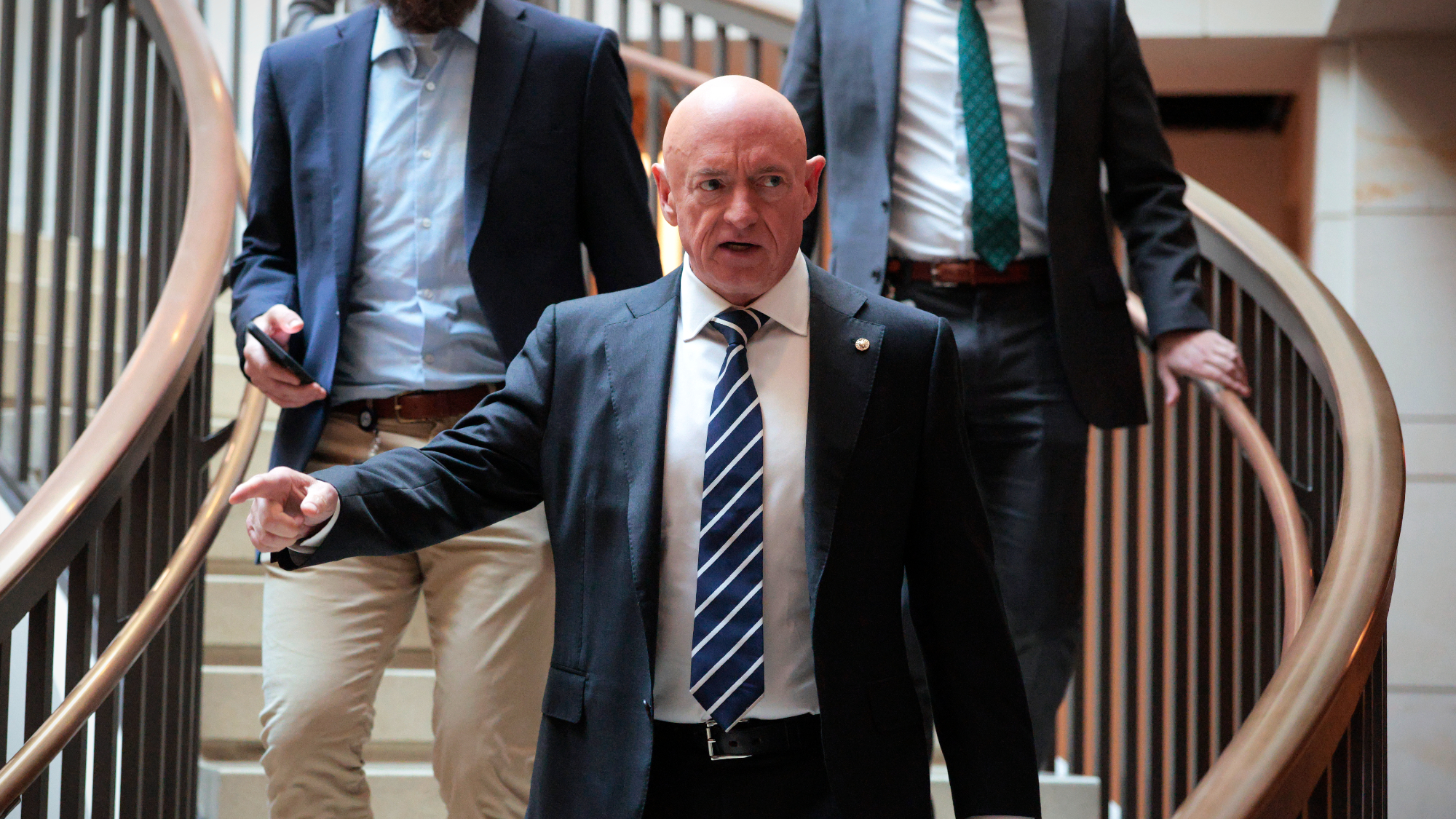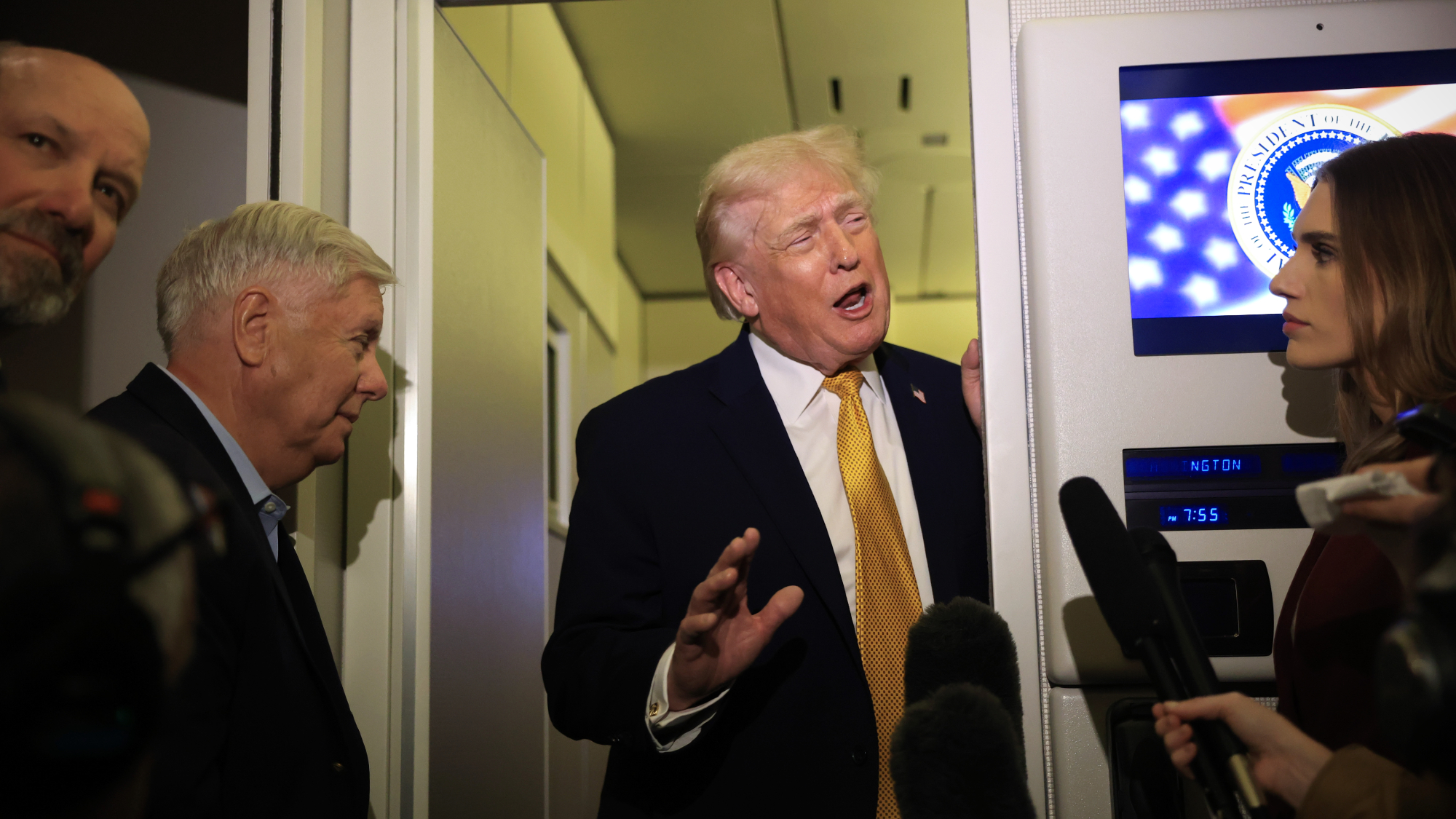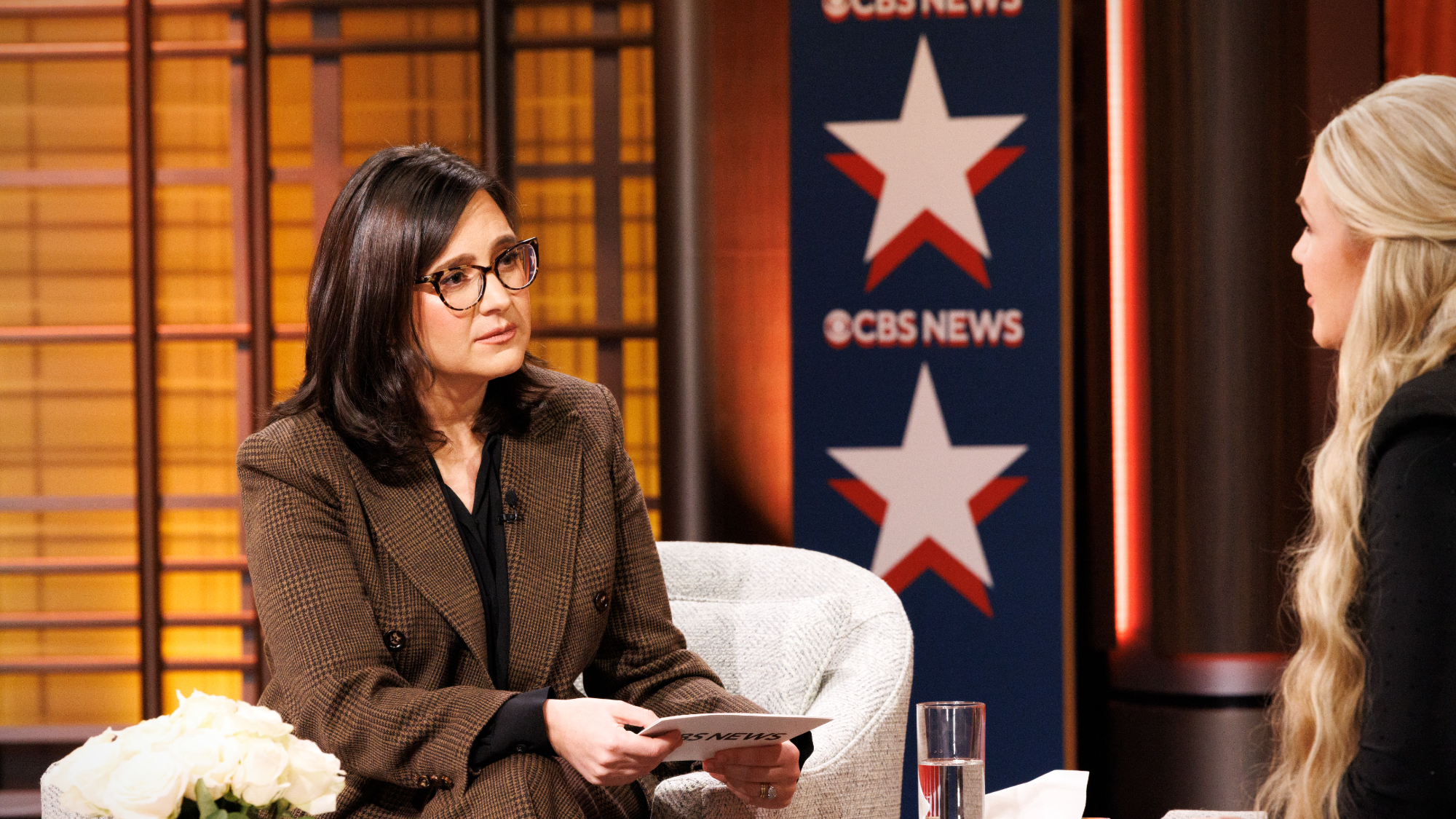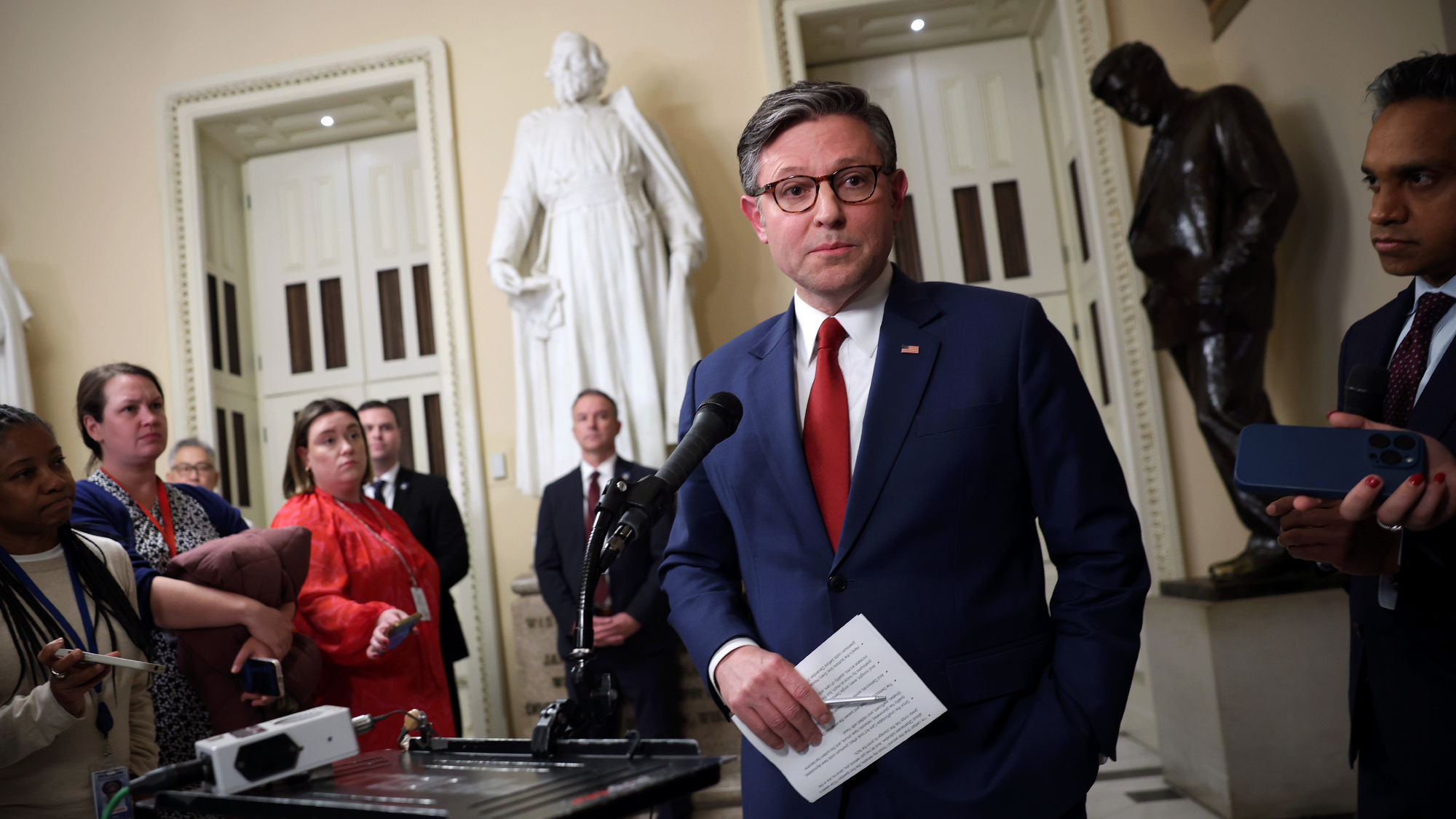Republicans have a Hillary-inspired plan to take down Elizabeth Warren's presidential hopes


Republicans aren't waiting until 2020 to try to take down Sen. Elizabeth Warren (D-Mass.), a possible candidate for the Democratic nomination. They are starting their campaign now, in the guise of harming her 2018 Senate re-election campaign, on the theory that this strategy worked against Hillary Clinton, report McClatchy's Alex Roarty and Katie Glueck. "We learned from our experience with Secretary Clinton that when you start earlier, the narratives have more time to sink in and resonate with the electorate," said Colin Reed, executive director at the GOP super PAC America Rising.
America Rising has already started the campaign, saying its efforts to document and publicize any Warren missteps will not only help her 2018 opponent but also allow Republicans to "continue developing the long-term research and communications angles to damage her 2020 prospects." Ryan Williams, a longtime aide to Mitt Romney, sees merit in Reed's "political death by a thousand cuts" strategy. "The more serious her campaign is, the more opportunities to make mistakes," Williams said. "Republicans would love to see her make a few gaffes in this race that could be used against her in 2020."
Warren doesn't have a 2018 opponent yet, but "Republicans believe that whoever emerges as the nominee could have a benefit rarely afforded underdog candidates: money," Roarty and Glueck report. "Warren's national presence could help funnel donations from conservatives across the country — especially if, as many GOP strategists speculate, [President] Trump takes aim at the senator."
The Week
Escape your echo chamber. Get the facts behind the news, plus analysis from multiple perspectives.

Sign up for The Week's Free Newsletters
From our morning news briefing to a weekly Good News Newsletter, get the best of The Week delivered directly to your inbox.
From our morning news briefing to a weekly Good News Newsletter, get the best of The Week delivered directly to your inbox.
The Warren team is trying to turn the likely onslaught of outside money to its advantage. "It's no surprise that out-of-state billionaires will attempt to buy the election in their favor," said Kristen Orthman, a Warren adviser. "Corporate interests are looking for a return on their investment so they give to Republican super PACs in exchange for tax breaks for the rich or legislation that benefits their bottom line." Read more at McClatchy DC.
A free daily email with the biggest news stories of the day – and the best features from TheWeek.com
Peter has worked as a news and culture writer and editor at The Week since the site's launch in 2008. He covers politics, world affairs, religion and cultural currents. His journalism career began as a copy editor at a financial newswire and has included editorial positions at The New York Times Magazine, Facts on File, and Oregon State University.
-
 Nicolás Maduro: from bus driver to Venezuela’s president
Nicolás Maduro: from bus driver to Venezuela’s presidentIn the Spotlight Shock capture by US special forces comes after Maduro’s 12-year rule proved that ‘underestimating him was a mistake’
-
 Artemis II: back to the Moon
Artemis II: back to the MoonThe Explainer Four astronauts will soon be blasting off into deep space – the first to do so in half a century
-
 The Night Manager series two: ‘irresistible’ follow-up is ‘smart, compelling’ TV
The Night Manager series two: ‘irresistible’ follow-up is ‘smart, compelling’ TVThe Week Recommends Second instalment of the spy thriller keeps its ‘pace’, ‘intrigue’ and ‘sly sexiness’
-
 Hegseth moves to demote Sen. Kelly over video
Hegseth moves to demote Sen. Kelly over videospeed read Retired Navy fighter pilot Mark Kelly appeared in a video reminding military service members that they can ‘refuse illegal orders’
-
 Trump says US ‘in charge’ of Venezuela after Maduro grab
Trump says US ‘in charge’ of Venezuela after Maduro grabSpeed Read The American president claims the US will ‘run’ Venezuela for an unspecified amount of time, contradicting a statement from Secretary of State Marco Rubio
-
 Bari Weiss’ ‘60 Minutes’ scandal is about more than one report
Bari Weiss’ ‘60 Minutes’ scandal is about more than one reportIN THE SPOTLIGHT By blocking an approved segment on a controversial prison holding US deportees in El Salvador, the editor-in-chief of CBS News has become the main story
-
 CBS pulls ‘60 Minutes’ report on Trump deportees
CBS pulls ‘60 Minutes’ report on Trump deporteesSpeed Read An investigation into the deportations of Venezuelan migrants to El Salvador’s notorious prison was scrapped
-
 Trump administration posts sliver of Epstein files
Trump administration posts sliver of Epstein filesSpeed Read Many of the Justice Department documents were heavily redacted, though new photos of both Donald Trump and Bill Clinton emerged
-
 Trump HHS moves to end care for trans youth
Trump HHS moves to end care for trans youthSpeed Read The administration is making sweeping proposals that would eliminate gender-affirming care for Americans under age 18
-
 Jack Smith tells House of ‘proof’ of Trump’s crimes
Jack Smith tells House of ‘proof’ of Trump’s crimesSpeed Read President Donald Trump ‘engaged in a criminal scheme to overturn the results of the 2020 presidential election,’ hoarded classified documents and ‘repeatedly tried to obstruct justice’
-
 House GOP revolt forces vote on ACA subsidies
House GOP revolt forces vote on ACA subsidiesSpeed Read The new health care bill would lower some costs but not extend expiring Affordable Care Act subsidies
